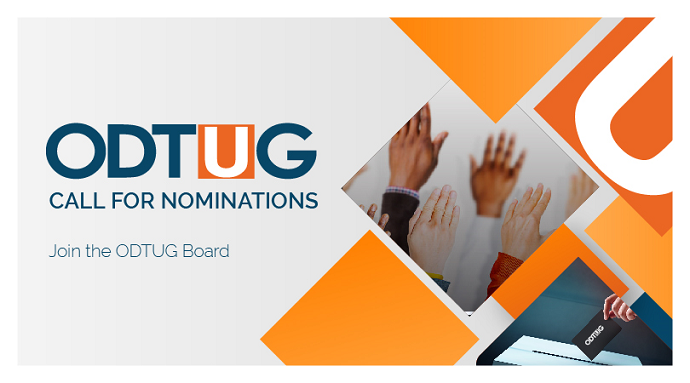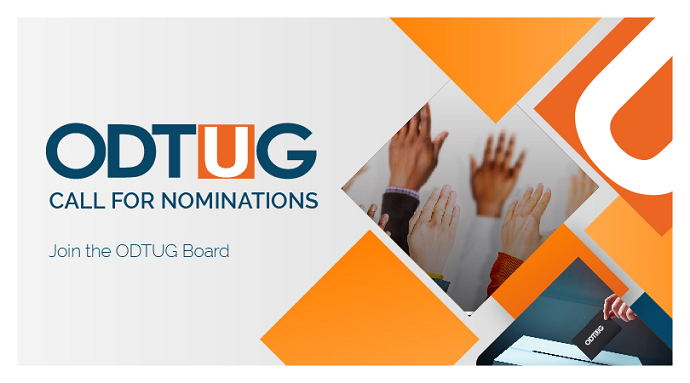If you haven’t heard already, Oracle Analytics Cloud (OAC) is officially released! This includes the Essbase Cloud (EssCS), Business Intelligence Cloud (BICS), and Data Visualization Cloud (DVCS). The OAC is a bundled suite, giving users access to the brand new EssCS and the previously released BICS and DVCS. To celebrate this exciting day, we’ve gathered some important takeaways from a blog hop of professionals from interRel Consulting, RedPill Analytics, Qubix, ARC EPM Consulting, and Oracle Corporation.
Opal Alapat, interRel Consulting
Opal begins by sharing the process of building cubes in EssCS through an Excel workbook and the web interface. She discusses how streamlined the process is, allowing you to build Essbase cubes faster, in just seconds, using one of the standard templates. The new suite also allows users to work offline, with functionality to export and import data.
Key takeaway: “The concept behind EssCS is more about on-demand Essbase cubes that any user can build. There is no longer this multi-step process of creating the app, then creating the cube, then creating and loading dimensions through load rules, then creating and loading data through load rules. This is all now handled through a single Excel workbook.”
Brian Dandeneau, interRel Consulting
Brian continues on by outlining a visual demonstration and breakdown of managing and exporting the metadata. Brian’s blog walks you through a step-by-step guide to exporting the metadata and importing that same data back into your new template in Essbase Cloud.
Key takeaway: With a template pulled from the existing application (As Opal discussed in her blog), you can extract the metadata directly from OAC Essbase and import it back into your new template.
Stewart Bryson, RedPill Analytics
Stewart touches on data visualization, discussing how OAC provides access to all modern data sources, once funneled by the Data Visualization Desktop (DVD). OAC eliminates the middle-man, providing users with modern data sources and the useful summarization screen.
Key takeaway: “BICS gave us two options for surfacing metadata: the “thin modeler,” a browser-based solution providing enhanced capabilities from what’s available alone in Data Visualization, and the full-on Business Model and Mapping layer, which we could only get by developing our repository offline in the Admin Tool, and uploading to BICS. Oracle Analytics Cloud gives us these same choices.”
Keep an eye out for Stewart Bryson who will be speaking at Kscope17 about Data Streaming and Analytic Microservices.
Tim German, Qubix
Tim answers some trending questions that people who are already using Essbase might ask, including: Why would you want to consider Essbase Cloud? How does it differ from the on-premises product? If Essbase Cloud is compelling, how would you move existing applications to test it out?
Key Takeaway: What makes Essbase Cloud different? “Essbase Cloud provides a different set of functionality to the current on-premises version. Essbase Cloud is absolutely not simply on-premises Essbase hosted on someone else’s server. Whilst the core engine might be very similar, there is a completely different interface and [a] bunch of features not (currently, at least) found in the on-premises product.”
To learn more about the additional Essbase Cloud features, read more on Tim’s blog. Keep an eye out for Tim German who will be presenting at Kscope17 about the Essbase Cloud with live demos.
Cameron Lackpour, ARC EPM Consulting
Cameron shares comparisons between the EPM Cloud and the OAC Cloud, educating users on what exactly this new Essbase Cloud is and what it isn’t. He reminds us that this 1.0 release of the product is still in its very early stages, meaning many things about it will change in the upcoming weeks and months.
Key Takeaway: Cameron walks through the key features of the new product with images showcasing how clean, updated, and modern the new workspace looks. Cameron reminds us that the images might be slightly different than what you see in the newly launched OAC as his Essbase Cloud screenshots were taken the night before the official launch.
Hear a follow-up from Cameron Lackpour who will be speaking about the Essbase Cloud at Kscope17.
Matt Milella, Oracle Corporation
Matt’s blog is all about mobile options for the new Oracle Analytics Cloud. OAC supports mobile, which means that your projects will respond and adapt to any device you are using. Matt discusses how the BI mobile app supports OAC for consuming all of your BI content, including dashboards and reports.
Key takeaway: “Synopsis is the newest app from the Oracle Mobile Analytic Team that lets you quickly open and interact with your spreadsheets and business data in a visual, interactive and intuitive way. Right from your email, and all while you are on the go!”
Download the mobile apps for Apple and Android:
Apple
Android
Keep an eye out for Matt Milella at Kscope17. He will be presenting: A Story About Data: Anything, Everywhere with Everyone.
Glenn Schwartzberg, interRel Consulting
Glenn does an in-depth analysis about what features OAC offers. From the Cube Designer extension, to sandboxing and scenario management, Glenn assures users that there is still a long way to go with this first OAC release. OAC is designed with the user in mind. Rather than releasing individual products for the Cloud, Oracle has released suites, such as OAC, which allows the user to decide which products to enable and use.
Key takeaway: “I think there are specific cases where I would immediately go to the Cloud.
- If I don’t have Essbase already and I want to have resources for on-prem Essbase (IT, servers, or other).
- I want to allow my users to take the data dumps they have now and are turning into pivot tables, to upload them into Essbase and do almost immediate analysis on the (collaborate, shared source of data)
- I have on-prem Essbase with a few cubes. The data for these should be flat file based as this version does not support SQL loads (yet).
- I want to gain the ability to use DV and BICS to analyze my data more graphically.”
Glenn Schwartzberg will be speaking at Kscope17 about EssCS: The New Old Essbase.
Summer Watson, interRel Consulting
Summer outlines 8 different things the user needs to use the new Oracle Analytics Cloud:
- You will need a browser
- You will need Excel, with Smart View version 11.1.2.5.620 (for now)
- You will need to be able to install a few items on your computer
- You will need an understanding of Parent/Child/Generation
- You will need a solid understanding of your environment
- You will need a solid understanding of your source data
- You will need a solid understanding of your intended results
- You will need an OAC consultant (in my humble opinion)
Key takeaway: In regards to #8 above, Summer follows by saying: “Some may tell you that you won’t need any consultants for OAC. In situations where that may be true, I would advise against it. Using a consultant, especially in the design and build phase of your new OAC project, will prove more helpful than harmful. Whether they have experience in the Cloud or On-Prem, the consultants can provide guidance on best ways to build your application, with the best results.”
Sarah Zumbrum, Oracle Corporation
Sarah’s part of the blog hop consists of establishing and using Essbase (EssCS) as a data source in Oracle Data Visualization (DV). Sarah walks us through a visual step-by-step guide to creating a new data source, then creating visualizations on Essbase data sources.
Key Takeaway: You can download Data Visualization Desktop and try it out free for 30 days!
You can look forward to hearing more about the newly launched Oracle Analytics Cloud and Essbase Cloud from many of these bloggers and Oracle professionals at ODTUG Kscope17 in June. Not yet registered? Now’s the time - our Early Bird pricing ends on March 25! Register today.





